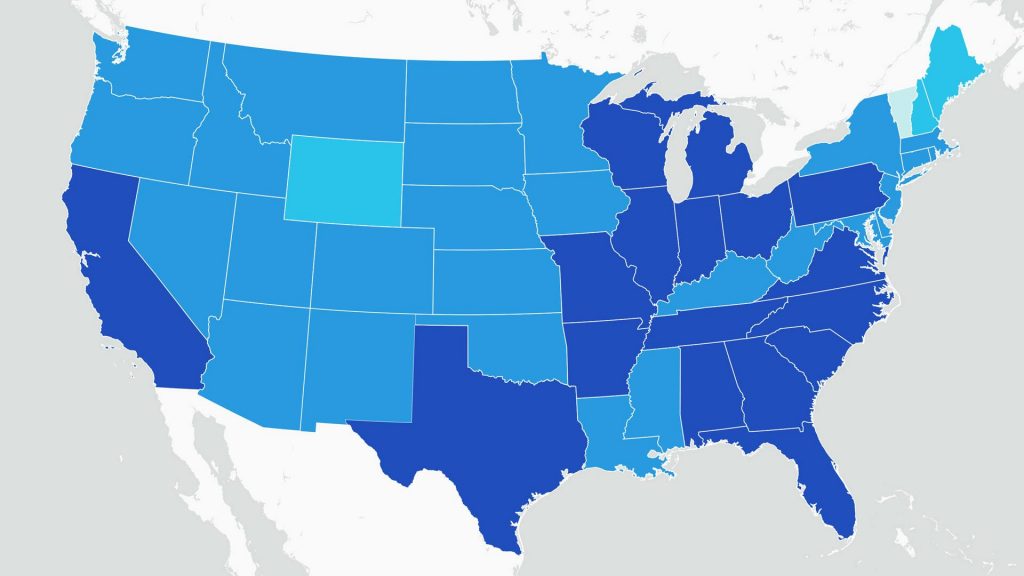-
Featured News
Mayo Clinic expert discusses how contact tracing may slow the spread of COVID-19

Contact tracing is an important tool that's being used to slow the spread of COVID-19. It's the process of notifying family, friends, co-workers and other close contacts of people newly infected with a virus, such as SARS-CoV-2, which causes COVID-19, to let them know they may have been exposed.
Dr. Pritish Tosh, a Mayo Clinic infectious diseases expert, explains how contact tracing works and if it's been effective to limit the spread of COVID-19.
Watch: Dr. Tosh discusses the use of contact tracing for COVID-19.
Journalists: Broadcast-quality sound bites with Dr. Pritish Tosh are in the downloads at the end of the post. Please courtesy "Pritish Tosh, M.D./Infectious Diseases/Mayo Clinic."
"When you're looking at contact tracing for COVID-19, it's a combination of epidemiologic factors and testing. So, finding out what high-risk contacts the known case, the index case, had. So people who were in close contact for a prolonged period of time and things such as [whether they were] wearing a mask. If both people were wearing a mask, that turns it into a low-risk interaction, whereas if the person who was infected was not wearing a mask and the other person was not wearing a mask it becomes a high-risk exposure, especially if it is a prolonged and close exposure.
"In general, the more you're able to identify who was infected and get them to self-isolate, the better you're going to be at reducing the amplification of this outbreak. What makes this one problematic is that people are most infectious about a day before they start developing symptoms. So, the normal things people would do — stay home, sneezing or coughing into their elbow — they wouldn't do if they're feeling just fine. This has made things pretty complicated with COVID-19. Even though you can identify cases and isolate the close contacts, because of the transmission that occurs before people develop symptoms, this really makes it difficult for us to eliminate exposures entirely.
"I think a lot of people are looking at new testing, rapid testing, as sort of our way out and I doubt that's going to be our way out of this pandemic. In part, these rapid tests still need to be done by health care workers. If you're imagining testing a stadium of 40,000 people, that's not going to be feasible. In fact, the more tests that you have, you very quickly overwhelm the ability to run them. I don't think we're going to test our way out of this pandemic and, in that way, contact tracing is very important but is, on its own, not going to eliminate the pandemic," says Dr. Tosh.
Mayo Clinic recently established a system that integrates medical record data with nonclinical information and contact tracing resources to identify COVID-19 exposures within hours.
Related information:
Contact tracing and COVID-19: What is it and how does it work?
Information in this post was accurate at the time of its posting. Due to the fluid nature of the COVID-19 pandemic, scientific understanding, along with guidelines and recommendations, may have changed since the original publication date.
For more information and all your COVID-19 coverage, go to the Mayo Clinic News Network and mayoclinic.org.







